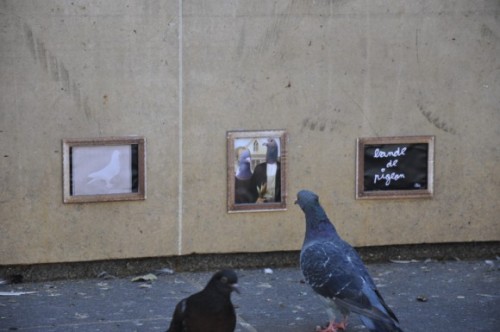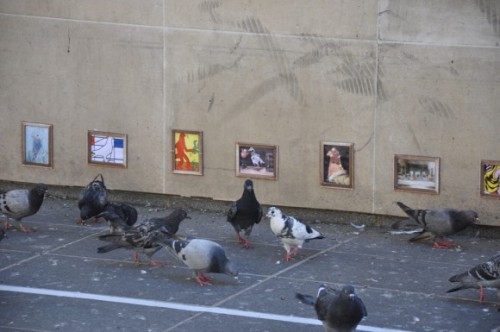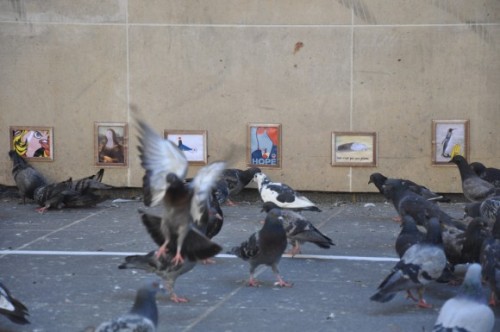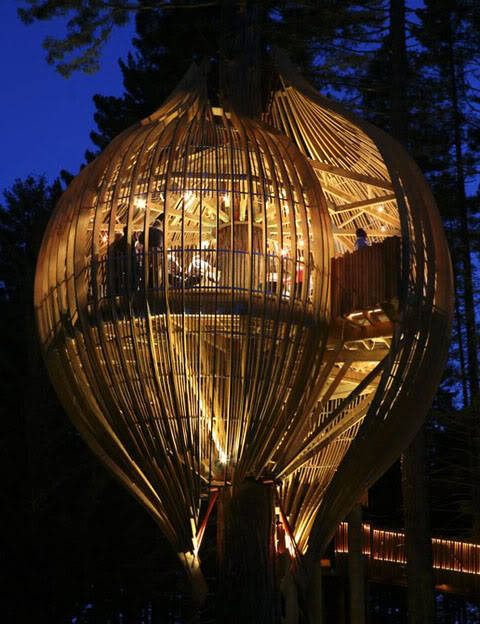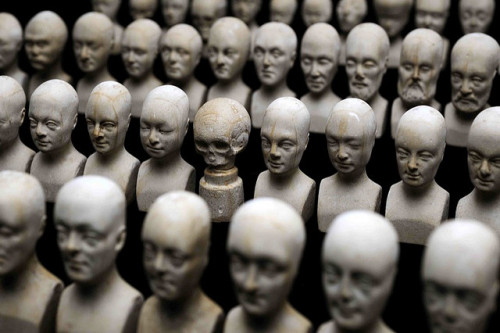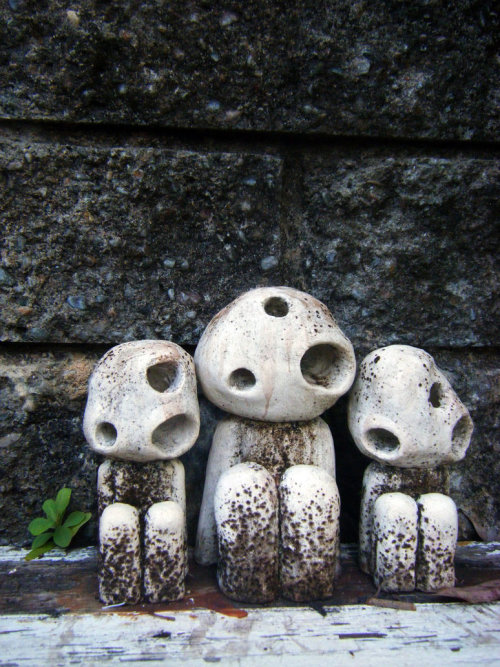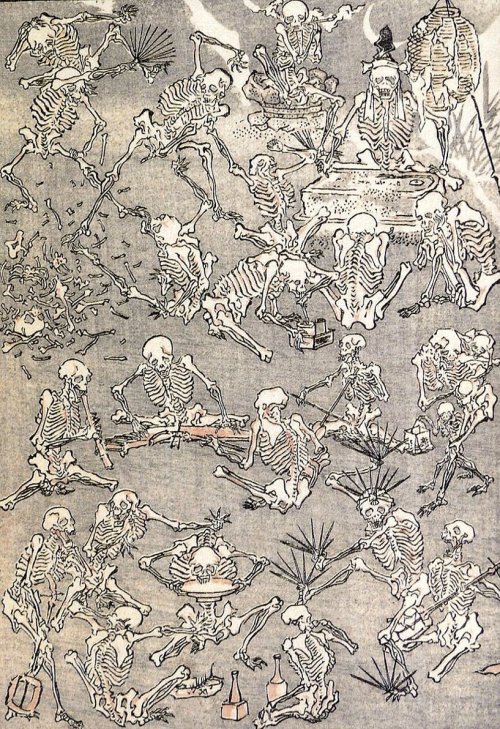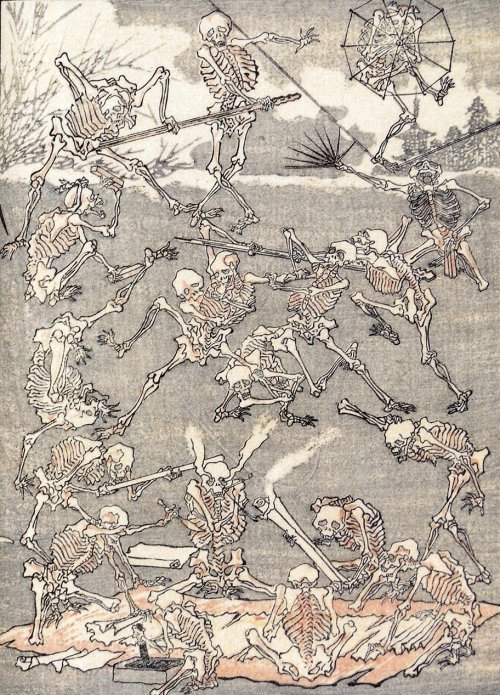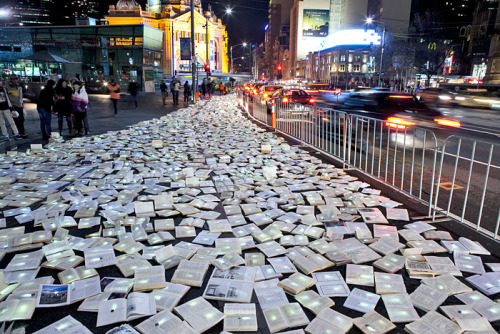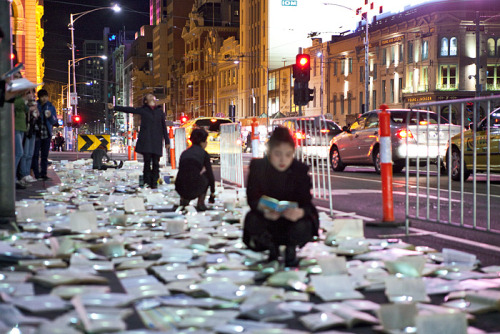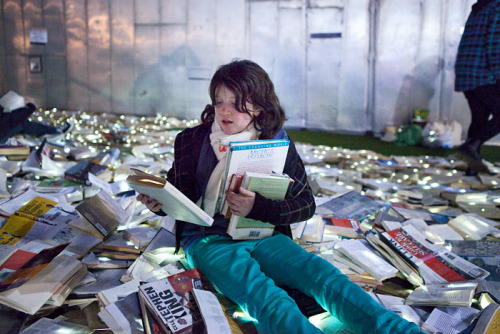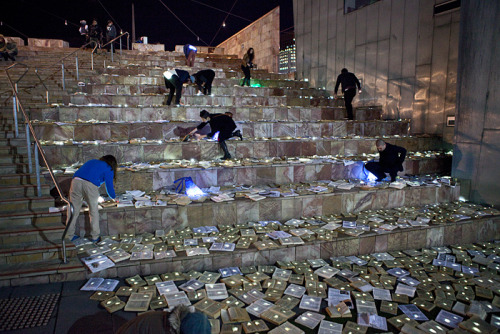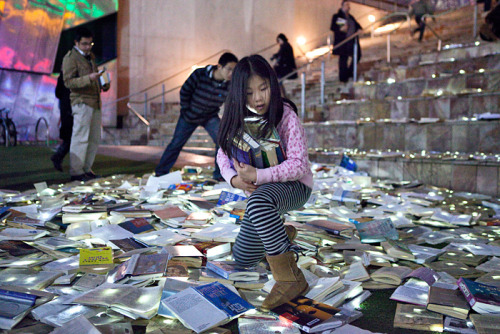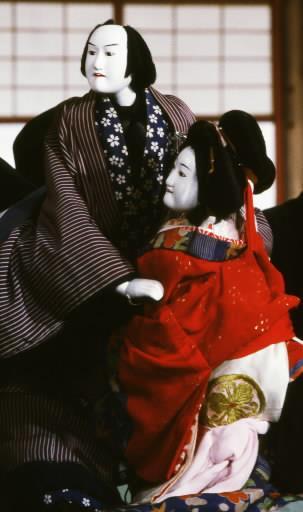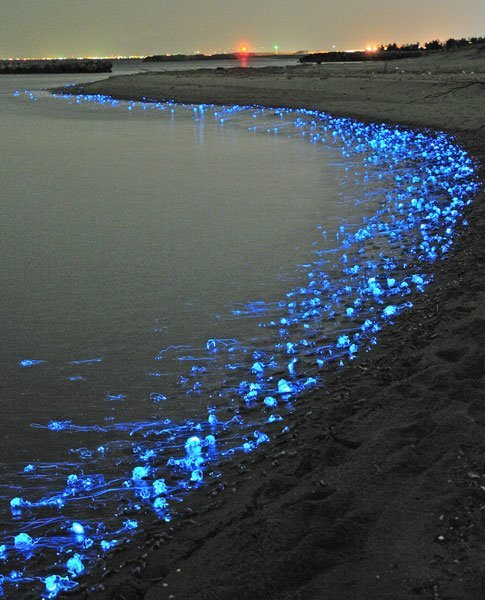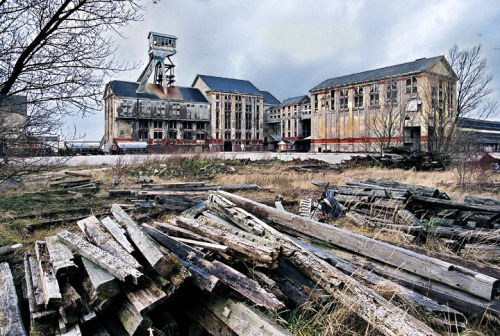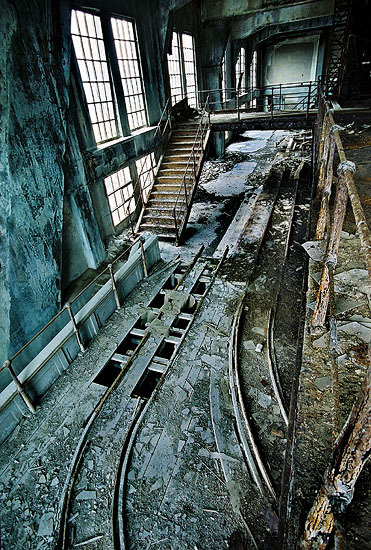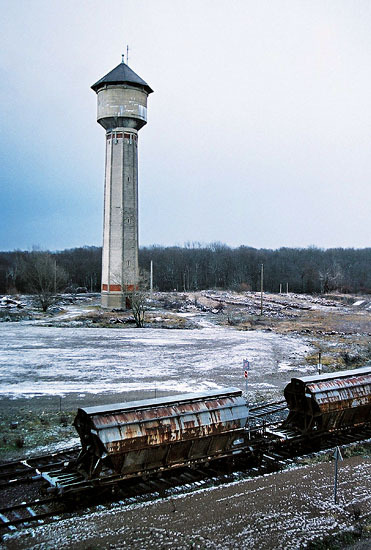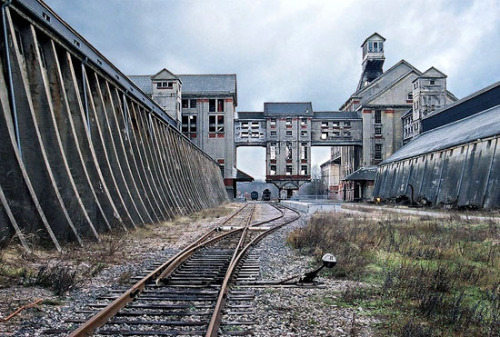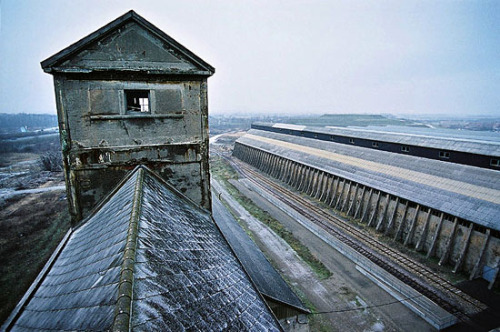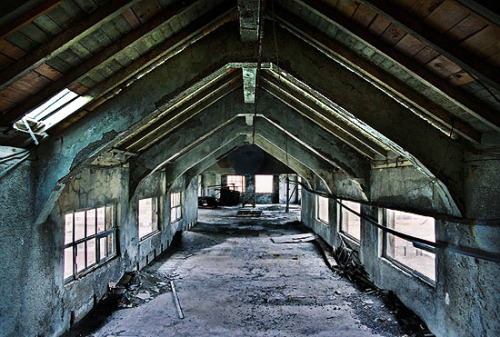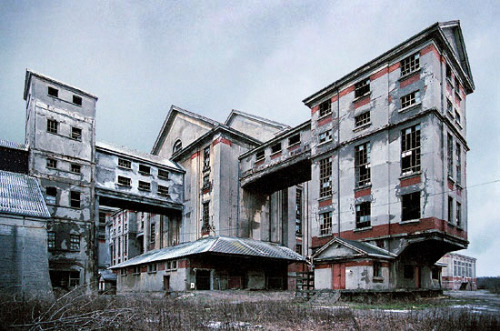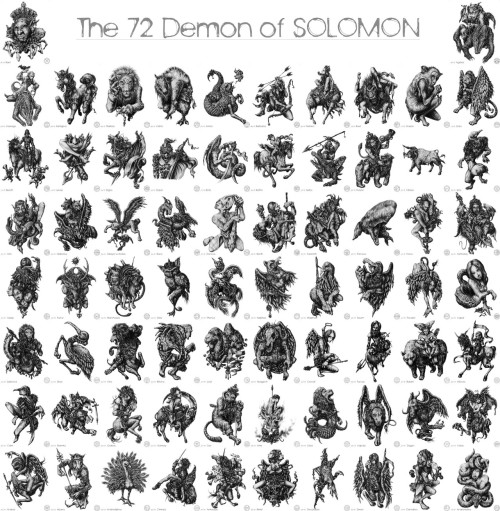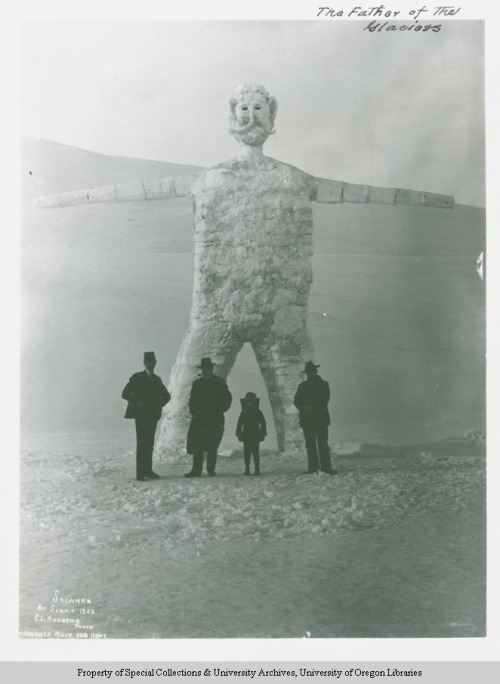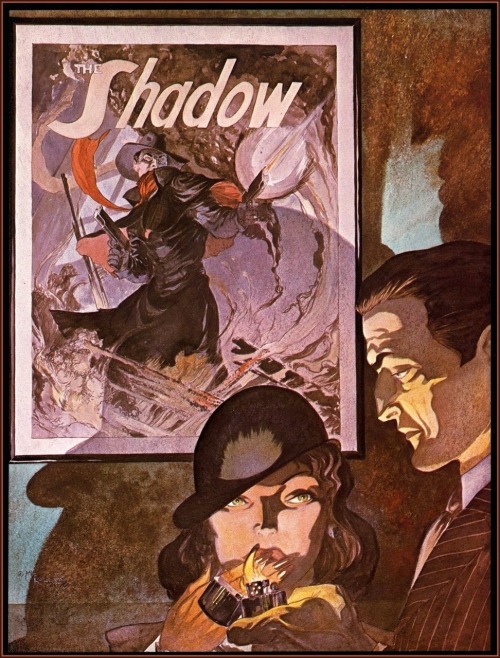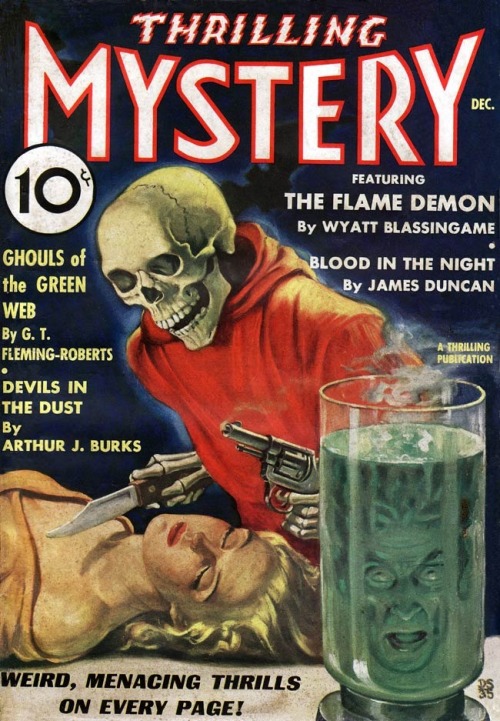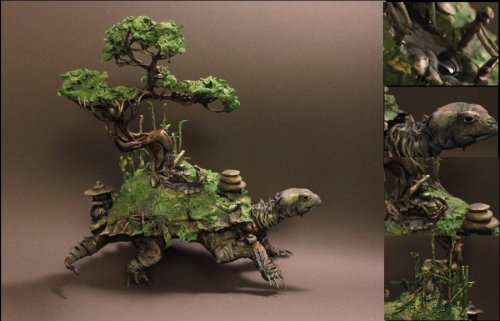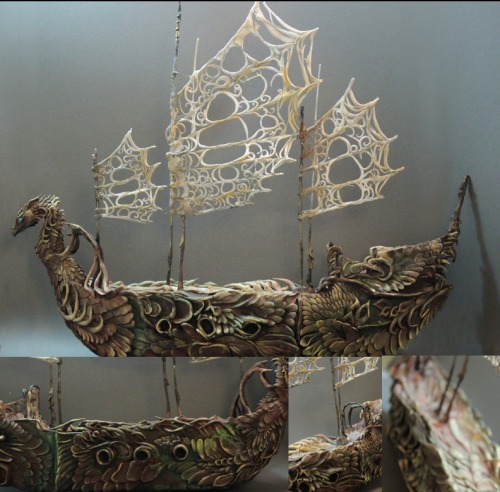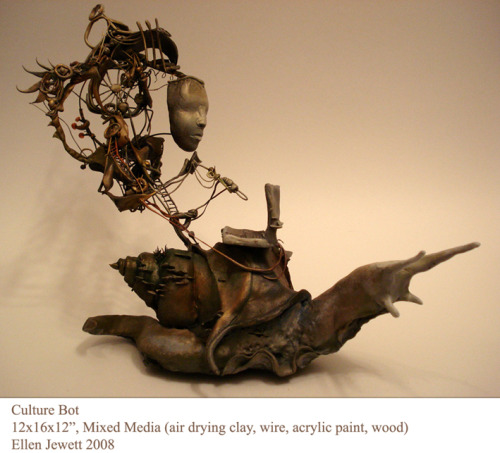Just a little reminder that I'm not only going to be taking a nibble out of the Big Apple as a tourist in late September ... but teaching some very cool classes as well!
Here's what I'm going to be doing and where ... hope to see you there!
#
TES MEETING: RELATIONSHIPS SIG - POLYAMORY: HOW TO LOVE MANY AND WELL
DATE: Wednesday, September 26, 2012
TIME: 8:00PM - 11:00PM
LOCATION: Joria Studios
260 West 36th St, 3rd Floor, between 7th and 8th Aves
CLASS DESCRIPTION:
Sure, you've heard of it – and maybe been intrigued by it – but what is polyamory and how do you love more than one person and make it work? How can you deal with jealousy, time-management, emotional rough patches, and more, to enter into multiple sexual relationships? We'll learn to separate the myths from the realities of polyamory, how to make tentative steps towards having more than one partner, and how to approach and deal with the problems of sharing yourself with others, and being involved with someone who, in turn, is involved with someone else.
Doors open at 7:30 pm - Meeting begins at 8 pm
COST: TES Members $4, Students with ID $4, Reciprocal Groups $6, Non-Members $10
FURTHER INFORMATON: TES (
https://www.tes.org)
#
MAGIC WORDS: USING EROTIC WRITING TO EXPLORE YOUR HIDDEN SEXUALITY AND SPIRITUALITY
DATE: Thursday, September 27, 2012
TIME: 6:30PM - 8:30PM
LOCATION:
SHAG ...a sexy shop
108 Roebling Street @ N. 6th Street
Brooklyn, NY 11211
347.721.3302
weloveshag@gmail.com
CLASS DESCRIPTION:
There are many ways to reach your inner sexual and spiritual self - but one of the most surprisingly powerful paths is through the written word. In this lecture/workshop, participants will hear how erotic writing (fiction as well non-fiction) can reach hidden places that often lay unexposed, and to help make personal discoveries and to assist in a personal journey of self and sensuality. Participants will learn how to free their erotic writing voices, how to develop their writing towards discovering their erotic spirits within, and when to silence - and when to listen - to the inner critic.
COST: $20
FURTHER INFORMATON:
SHAG’S SITE
#
SEX SELLS: HOW TO WRITE AND SELL EROTICA
DATE: Saturday, September 29, 2012
TIME: 1:00PM – 3:00PM
LOCATION:
The Lesbian, Gay, Bisexual &
Transgender Community Center
208 West 13th Street
New York, NY 10011
Website:
www.gaycenter.org
Phone: 212-620-7310
CLASS DESCRIPTION:
Celebrated erotic author M. Christian will be teaching his acclaimed sex-writing class and workshop Sex Sells: How To Write And Sell Erotica one time only in New York City!
The market for erotic fiction and nonfiction has always been popular but these days it's truly booming. Gay, lesbian, bi, straight ... you name it and it's selling like mad!
But even though the genre is more popular that ever, doesn't mean that there aren't important lessons to be learned in how to write, and sell, effective erotica.
For the beginning writer, erotica can be the ideal place to begin getting published, and - best of all - earning money ... and for the experienced author, erotica can be an excellent way to beef up your resume and hone your writing skills.
In Sex Sells: How To Write And Sell Erotica - this wildly entertaining class - M. Christian will review the varieties of personal and literary expression possible in this exciting and expanding field. Here you'll learn not just these creative techniques to writing stories that wonderfully sizzle but also essential lessons in dealing with editors, publishers, marketing your work, using social networking sites, and more.
In Sex Sells: How To Write And Sell Erotica you'll learn:
· How to create love and sex scenes that sizzle
· Current pay rates
· How to write for a wide variety of erotic genres
· Where and how to submit your writing
· The ebook revolution and what it means for writers of any genre
· How to cultivate your erotic imagination
· Where to sell your work to magazines, websites, anthologies, book publishers
· Techniques for writing convincing stories for sexual orientation and interests beyond your own
· The best Internet resources for writers of erotica
· How respond to fans, reviewers and criticism
- and much, much more
COST: $20
FURTHER INFORMATON:
www.mchristian.com
